Flordia State Prison
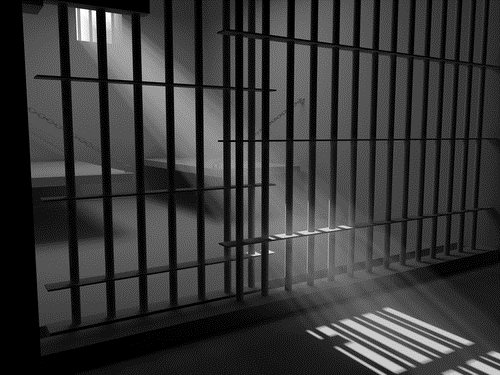

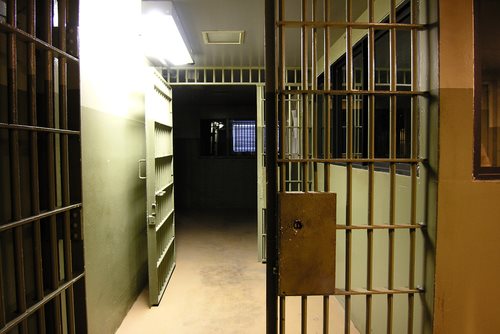
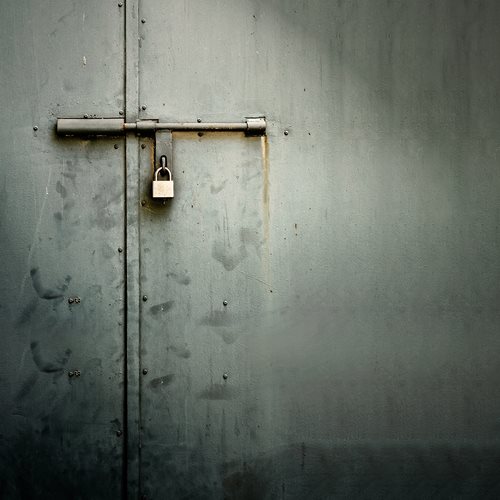
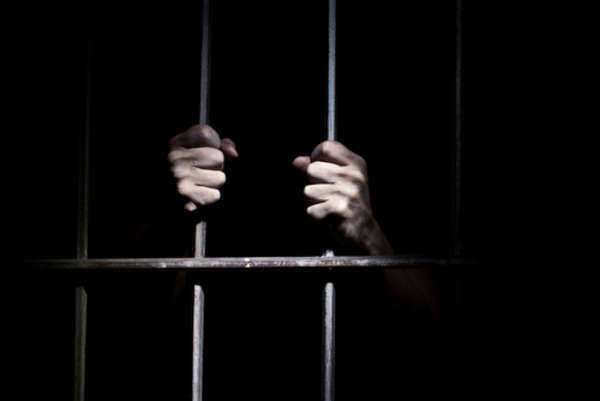
The Michigan State Prison was the first prison facility in the state, which would open in 1839. The first permanent fixture of the Michigan State Prison, however, would not be completed until 1842. The original Michigan State Prison was built in Jackson, Michigan, though the facility would later be moved to a new location and building in 1926. The prison would hold almost 6,000 prisoners, becoming the largest walled prison in the world. With the new location, just north of Blackman Township, the facility would be renamed the State Prison of Southern Michigan in 1935.
Michigan State Prison would be enclosed by a wall made out of concrete that stood nearly thirty-five feet high, which enclosed the entire perimeter of the facility. There are a total of twelve watch towers and sixteen total cell blocks. A total of nearly 6,000 cells are contained with the Michigan State Prison, with 268 of them being quarantine cells.
The Michigan State Prison, even though known to be maximum level penitentiary, has had its series of riots and attempted escapes. One of the most daring escapes to occur in the United States happened at Michigan State Prison in 1975. Dale Remling attempted to escape the facility by using a helicopter, where he managed to not only fly six miles to where the getaway cars were located, but actually escape the authorities after a car chase.
However, Remling would eventually surrender himself a few days later. In 1981, a riot took place where about 800 inmates took over to cell blocks, which would take almost eleven hours to subdue. If you need legal advice and assistance, contact Michigan lawyers.
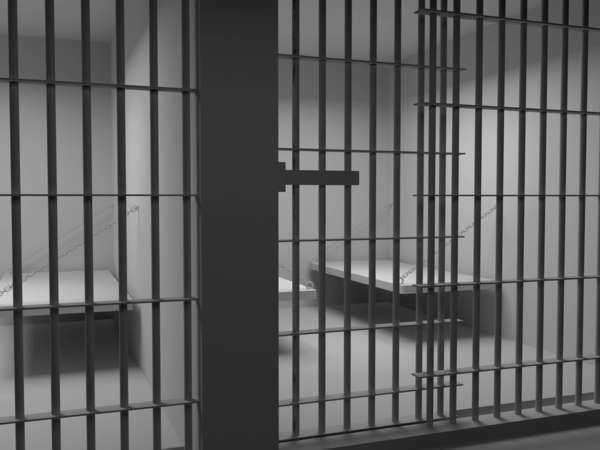
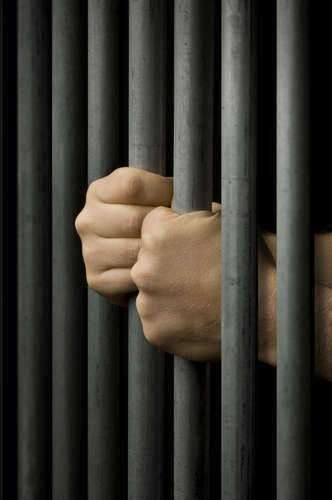
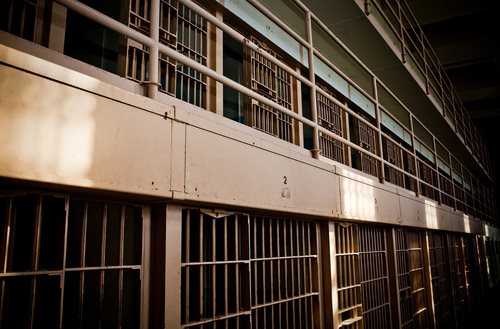
The North Carolina Department of Corrections is currently led by the Secretary of Correction for North Carolina, Alvin W. Keller. The NC Department of Corrections covers the penal system for the state of North Carolina, and has a budget of over $1 billion and has over 20,000 employees. The inmates within the system covered by the NC Department of Corrections number at about 40,000, with another 125,000 former offenders being monitored by the NC Department of Corrections on probationary terms, or on parolee terms.
There are a large number of jails which are held under the jurisdiction of the NC Department of Corrections. These include Central Prison, Warren Correctional Institution, Rutherford Correctional Center, Neuse Correctional Institution, and Fountain Correctional Center for Women, among many others. The NC Department of Corrections offers a number of different programs for individuals within its prisons in order to help those individuals to gain important skills that might help them to start new lives once they leave the prisons of the NC Department of Corrections.
These programs provided from the NC Department of Corrections manifest in Correction Enterprises, which is a program designed to provide inmates with the opportunity to work while also providing good services for the citizens of North Carolina. Furthermore, the NC Department of Corrections has a specific Division of Alcoholism and Chemical Dependency which is focused on helping inmates to rid themselves of such addictions and recover from the harm that such addictions might have caused them. If you need legal advice and assistance, contact North Carolina lawyers.
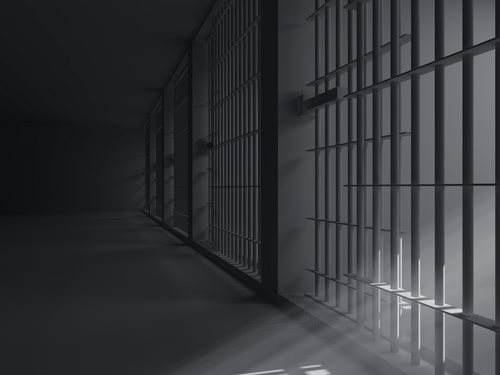
The California Department of Corrections and Rehabilitation controls the prison system of California at the state level. The California Department of Corrections and Rehabilitation is led by Secretary Matthew Cate. The California Department of Corrections and Rehabilitation features a budget of close to $10 billion according to recent years. This budget for the California Department of Corrections and Rehabilitation is split between over 30 different adult institutions for incarcerated individuals, including Avenal State Prison, Ironwood State Prison, and San Quentin State Prison.
The California Department of Corrections and Rehabilitation also features such programs as fire camps, which are specialized camps designed to allow inmates in the California Department of Corrections and Rehabilitation jail system to help work in conservation efforts. These fire camps currently hold more than 4400 inmates in over 200 fire crews from 46 different camps. These crews can be sent out in order to help deal with problems in the wilderness of California such as forest fires, which not only helps inmates to grow in their skills and become prepared for re-entering the community, but it also provides a valuable service to the citizens of California.
The California Department of Corrections and Rehabilitation also has a number of other programs, such as programs for youthful inmates which are designed to keep them separated from adult inmates, and specialized re-entry facilities, which are facilities designed specifically to help former inmates re-enter the community successfully. Contact California lawyers for legal advice and assistance.
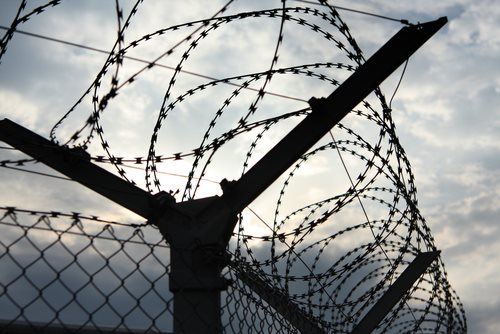

The Missouri Department of Corrections performs a number of different functions with regard to the jail system within Missouri. Currently, the Missouri Department of Corrections oversees an overall population of about 105,000 individuals, though not all of these individuals are full inmates in a jail or other institution. 30,458 of them are held in an institution by the Missouri Department of Corrections, while the rest are in different positions. 53,596 individuals are on probation under the jurisdiction of the Missouri Department of Corrections, and 17,873 are on parole, again under the jurisdiction of the Missouri Department of Corrections.
The Missouri Department of Corrections offers up a number of important services with regard to the inmates held within the jail system of Missouri. Some of these services include programs such as Puppies for Parole, which is a program that specifically allows certain inmates to help train rescue dogs, which not only prepares those inmates for life outside of prison, but also provides rescue dogs for the state of Missouri, which is a useful service.
The Missouri Department of Corrections also operated the Missouri Re-entry Process, which helps the 20000 some-odd inmates who are released from the jail system controlled by the Missouri Department of Corrections into the community of Missouri every year. The Missouri Re-entry process ensures that inmates who are ready for release will not only have skills necessary in order to become productive citizens, but it also ensures that these individuals' mental health and psychological status is well-suited for release. If you need legal advice and assistance, contact Missouri lawyers.